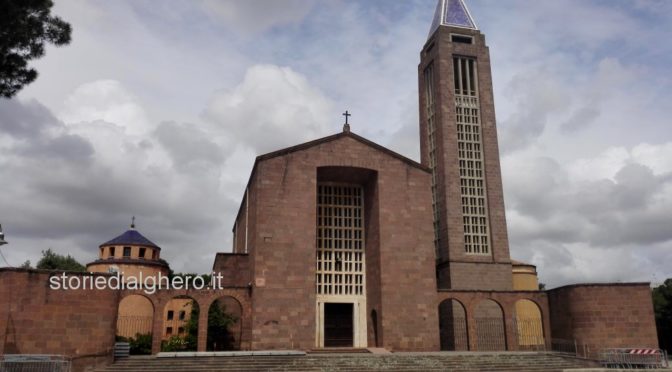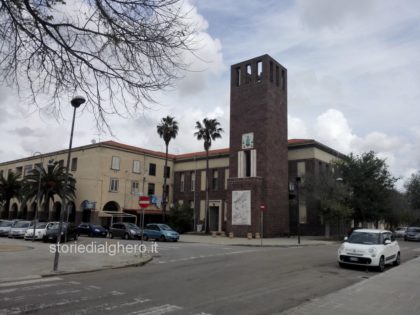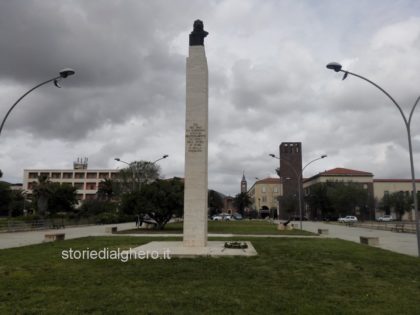The birth of Fertilia is framed in the ambitious measure taken to improve the Nurra plain started at the end of the XIX century on the Calich pond. The work was conducted by the inmates of Cuguttu penal colony, near Alghero.
This project grew stronger with the Fascist Regime politics, very active in developing several areas of the peninsula.
The intervention starts with the constitution of the ‘Ente Ferrarese di Colonizzazione’ (Colonisation Authority of Ferrara), who acquires the Nurra district and its 6.452 hectares.
Moreover, the Authority has the responsibility of dividing the lands, which are intended to a large number of family unit from Ferrara.
On March 8th 1936, the first stone of Fertilia is laid, with the final aim of building the housing unit of that wide area.
The executive planning was similar to the ‘new cities’ realised by the Regime: provided with the square and the other public buildings around.
On the eve of WWII the buildings were not completed as well as the impressive redevelopment operations.
At the end of the war, thirteen partially finished constructions were heading towards a future humanitarian utilization that no one could have imagined.
On September 8th 1943, the surrender of Italy caused a terrible situation in the Italian Istria.
Tito’s communists damages to the detriment of the Italians are renown and provoked the escape towards Italy of dozens of thousands of people who abandoned everything to save their lives.
Italy had to face the problem of arrange permanently the exiles, who were temporarily waiting on the Adriatic coast.
It was then that the idea of using Fertilia to host a group of asylum-seeker was born. Even though, due to the outbreak of the war some of the buildings were not totally completed.
At the end of 1948 the number of refugees reached the thousand.
Given that many refugees were fishermen, the idea was one: starting a fishing centre in Fertilia, but the chaos was such that the project did not happen, during the first months at least, they barely manage to offer a decent hospitality.
It was not easy for the ones who lost everything to reintegrate themselves in a new reality, but this gradually happen in the following years.
Anyhow, their traditions did not lose importance; even now it is not uncommon in Fertilia to hear original dialects. This does not raise surprise in Alghero.
They simply added one more language beyond Catalan and Logudorese.
Carmelo Murgia
English version: Francesca Sanna



